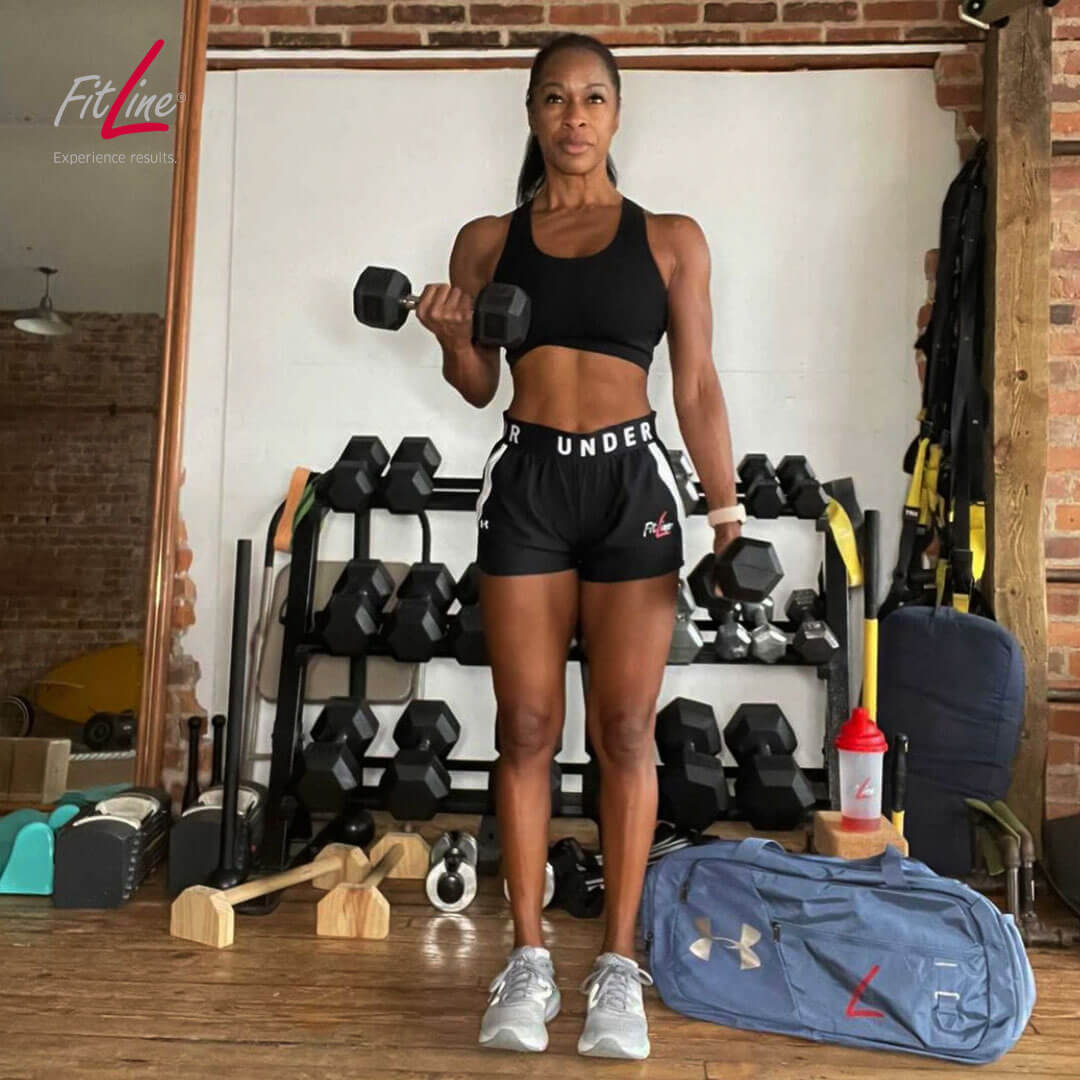When embarking on a fitness journey, we usually want to lose weight, be more athletic, and be fitter overall. We know about the many health benefits of leading an active lifestyle, so we set ourselves goals regarding our diet and fitness.
We start enthusiastically, not missing one workout. However, progress is key to keep going and keep our motivation high.
What can happen, though, is that we do not see any progress anymore at some point, even though we do all the right things. In the fitness world, this is referred to as ‘hitting a plateau.’
What we can do to counteract this is to overload progressively. You might have heard about this, too.
Progressive overload is when you gradually increase your strength training routine’s weight, frequency, or the number of repetitions. This, in turn, challenges your body and allows you to get stronger physically.
That’s why progressive overload is often referred to as ‘the most important law’ in strength training. Progressive overload means that you’re doing more over time. ‘More’ can mean heavier weights, more repetitions, longer workouts, shorter rest periods, etc.

Different ways to progressively overload
When it comes to progressive overload, most of us will think of increasing weight or number of repetitions or sets. However, those are not the only ways to progress in your workouts.
You can also decrease the rest period between sets or perform exercises faster. Or you could increase the number of workouts per week while performing each exercise with the same weight and number of sets and repetitions.
All these changes will challenge your muscles even if you do not increase the weight you lift. The key is to switch it up and make your body work differently. If you’re a beginner, we recommend you aim for the correct form and full range of motion first, and once you’ve mastered those two, you can move on to increasing or decreasing other aspects of your workouts.
Examples of progressive overload
Now that we’ve covered the basics of progressive overload, let’s see how you could incorporate that into your training routine.
- Gradually increasing the volume:
- Week 1 & 2: Perform 10-12 squats per set (with or without weight)
- Week 3 & 4: Perform 12-15 squats per set (with or without weight)
- Week 5 & 6: Perform 15 squats per set (with or without weight)
- Gradually increasing the weight used:
- Week 1 & 2: Perform 12 squats with 10kg weights (or more if you feel comfortable lifting heavier weights)
- Week 3 & 4: Perform 12 squats with 15kg weights
- Week 5 & 6: Perform 12 squats with 20kg weights
- Gradually increasing the duration of workouts:
- Week 1 & 2: Run 2 kilometers
- Week 3 & 4: Run 3 kilometers
- Week 4 & 5: Run 4 kilometers

Things to keep in mind
Progressive overload is a simple principle of increasing strength and endurance. However, there are certain things all of us need to be aware of when it comes to training and progress.
Most people start working out to lose weight. But progressive overload is much more challenging when you’re losing weight. So, unless you’re a beginner, it will be challenging to increase strength while losing weight.
However, this does not mean that you’re not making any progress.
Maintaining your strength while losing weight is a form of progressive overload because you’d be increasing your relative strength (strength divided by body weight); hence you’d be ‘doing more over time.’
When you set out to shed some weight, some lifts will be more affected by weight loss than others. For instance, squats and bench presses tend to take a big dive, but your strength endurance on bodyweight exercises for the upper body will see improvement (because you have less weight to pull up ?). So, don’t feel discouraged if you need to drop the weight used when doing squats or bench presses; your progress is just different.
Another important point to keep in mind is that our bodies sometimes won’t work as we want them to even if we do all the right things. We could stick to the best workout plan, eat well, sleep well, and still see no progress.
What you always want to keep on point is your form. Performing exercises with proper form will keep you safe, and you will work the right muscles, which will increase your strength.
Whether you embark on your fitness journey to lose weight or increase strength, progressive overload can help you achieve your goal. Progressive overload is easy to incorporate and applicable to almost all aspects of training.
